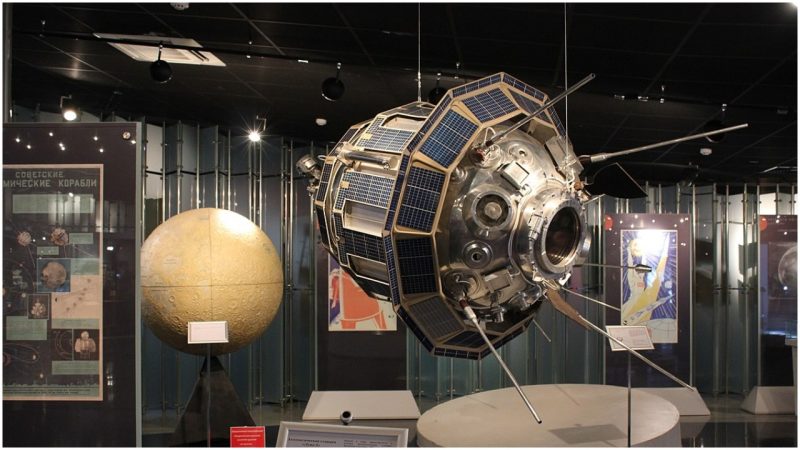At the time when the Space Race officially began in the mid-1950s, the Americans were certain that their space exploration technologies were far more advanced than the Soviets’. However, this opinion changed in October 1957, when the Soviets successfully launched Sputnik 1, the first artificial satellite ever propelled into low-Earth orbit.
Two years later, in September 1959, the U.S. faith in its own space-exploration supremacy declined even further when the Soviet space probe Luna 2 crashed into the lunar surface and became the first man-made object to reach the Moon, 10 whole years before the U.S. sent men to the Moon during the Apollo 11 mission.
The mission of Luna 2’s successor, Luna 3, also known as Lunik, was even more successful than the Luna 2 mission: In October 1959, Luna 3 managed to fly behind the Moon and take the first photographs of its mysterious dark side. Naturally, the Americans were profoundly interested in the Soviet Luna program. They wanted to know what kind of boosters were necessary for the probes to reach the Moon, what kind of guidance systems guided the probes’ trajectories, and which particular instruments were used to transmit data back to Earth.

Since the Soviets weren’t too keen on revealing the classified details of their Luna program, the U.S. decided to acquire the information they needed through espionage. In 1959 and 1960, the U.S.S.R. organized an international exhibition of its economic and technological achievements, and during that time a number of Soviet revolutionary inventions toured the world.
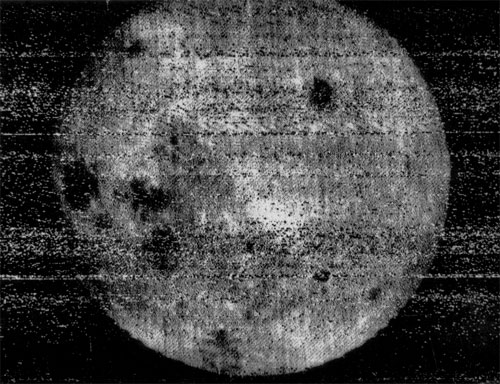
The exhibition featured a number of technological marvels related to the Soviet space program, including Sputnik 1 and Luna 3. The Sputnik that was displayed was a hollow replica, but the CIA learned that the Luna 3 space probe that was on display was genuine.
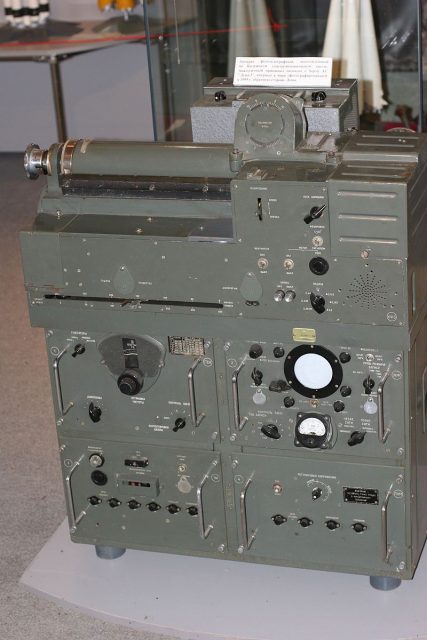
Of course, the CIA saw the multinational exhibition as a perfect chance to get their hands on the probe and study its design. When it was on display, the probe was heavily guarded by Soviet soldiers. However, the CIA found out that the exhibits were transported from one city to another by regular, unguarded cargo trucks.
Yuri Gagarin Space pioneer
Also, they learned that the probe was always transported during the night but the exact time of departure and arrival was never specified, so several agents were ordered to hijack the truck on one night in order to disassemble the probe, photograph its parts, and then reassemble it to make it look as though nothing happened.
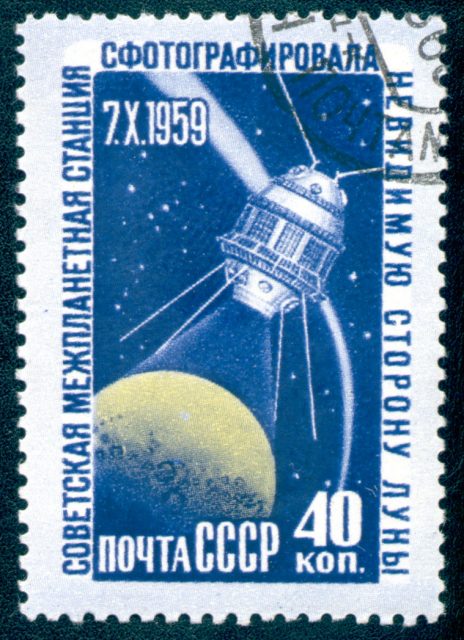
In 1995, the CIA released the classified documents which prove that the Luna 3 space probe was indeed kidnapped for a night. The exact date and location of the operation have been removed from the documents and these facts remain unknown. Still, it is known that the agents bribed the truck driver and had him spend the night at a hotel while they took the truck, climbed into the giant crate which housed the probe, and disassembled the probe.
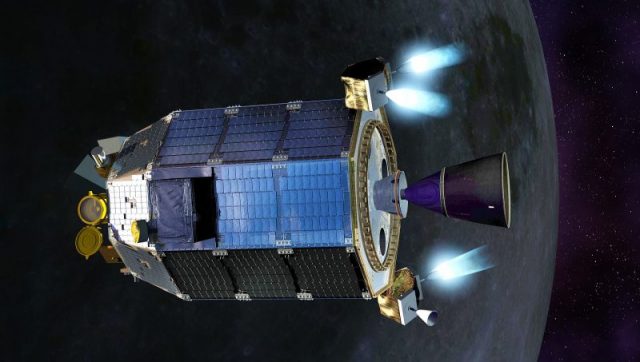
They measured the probe’s mass and learned how much fuel was necessary for the boosters to launch it into orbit. Also, they photographed all the parts of the probe, including its gyroscopes and measuring instruments. In short, they managed to get the complete Luna 3 schematics without the Soviets even realizing that the probe had been kidnapped.
It is unclear whether any of the data acquired during the secret dissection of Luna 3 was ever used to enhance the American space program. Over the years, the U.S. used many different kinds of launch vehicles and many different kinds of space probes: Some of the space exploration technology they used in the early 1960s was possibly inspired by the design of the Soviet probe, but the truth will likely remain unknown. Rumors of the kidnapping of Luna 3 first appeared in the late 1980s, nearly 30 years after the operation took place, but the world didn’t know the facts until the 1990s.
